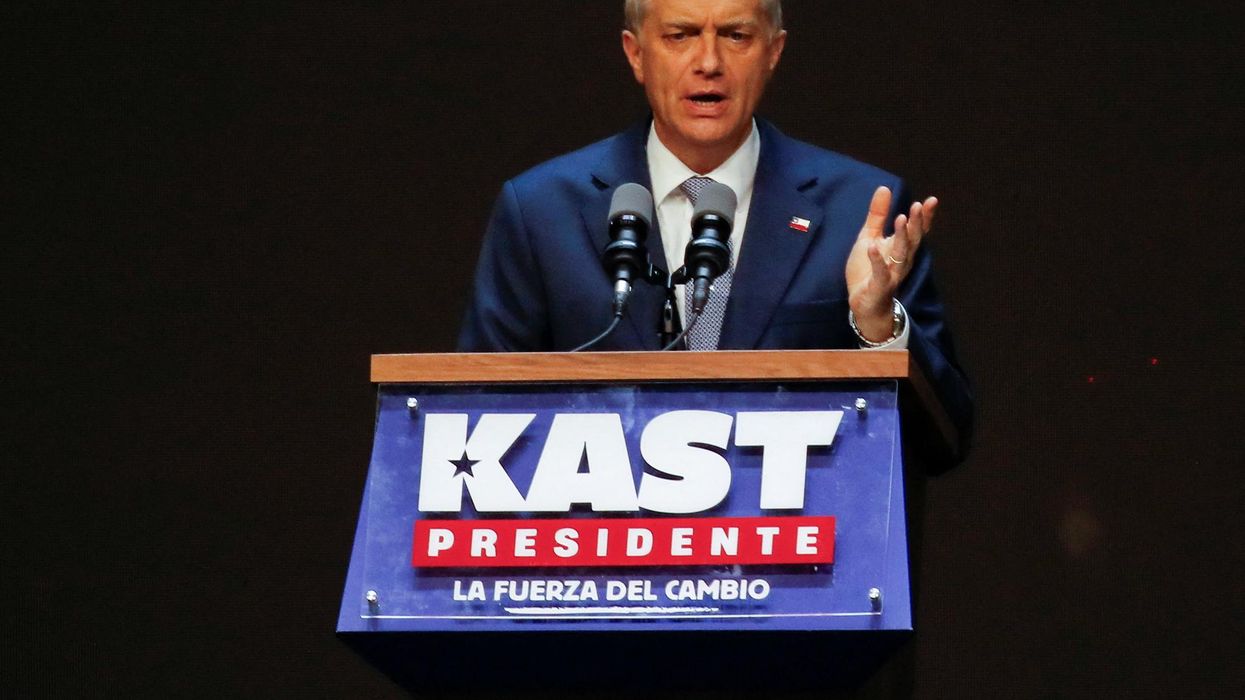The “National Security Strategy” that each U.S. administration produces — as required by a law enacted in the 1980s — is not really a strategy. People at the State Department, Pentagon, or the National Security Council who are trying to formulate solutions to sticky national security problems will not pull the document off the shelf to find a strategy for dealing with those problems. Instead, the document is a statement of themes, objectives, and issue positions with which the administration of the day wants to identify itself in the eyes of domestic as well as foreign audiences.
The National Security Strategy that the Biden administration released this week — after a months-long delay and revision necessitated by Russia’s war in Ukraine — fits this mold. Parts of the document express in very general terms a way of looking at international relations in the current era. Parts are laundry lists of specific issues, and positions on issues, in each region and in selected functional issue areas. And parts sound similar to campaign speeches in touting the administration’s accomplishments.
The general perspective on national security — the view of international relations from 30,000 feet — that the Biden administration’s document offers has some admirable qualities, and two in particular. One is to posit, as two coequal and necessarily simultaneous areas of endeavor, competition with other major powers and cooperation with those same powers to address problems of global concern. Climate change appropriately heads the list of those shared concerns, along with such matters as infectious diseases and economic disruptions with global impact.
Although some might sense tension between the competitive and cooperative aspects, the document correctly presents these aspects as not inherently contradictory. Relationships with other great powers are not zero-sum. The administration appropriately expresses a willingness to “cooperate with any country, including our geopolitical rivals, that is willing to work constructively with us to address shared challenges.”
China is the great power with respect to which both the competitive aspects (think of China’s military strength and increasingly assertive brand of diplomacy) and the cooperative aspects (think of the need to curb emission of greenhouse gases and to control an infectious disease such as COVID-19) loom largest. China indeed figures prominently in the administration’s paper. The document comes close to zero-sum territory, however, when it more than once speaks of China having “the intent to reshape the international order.” A question that goes beyond any answers this document provides is whether China’s long-range intentions can best be described as reshaping the international order or instead as seeking a bigger role in an order that would still look fundamentally the same as the one that exists today.
Another admirable feature of the broad perspective found in the administration’s document is the erasing of the line between domestic and foreign affairs when it comes to national security. The erasure is called for even when focusing on traditional hard-power topics involving physical security. The document appropriately calls attention to the problem of domestic violent extremism, which today poses a greater danger to the safety of Americans than does terrorism with foreign origins. Beyond this, domestic fractures and especially the threat to American democracy weaken in multiple ways the ability of the United States to advance its interests overseas.
When George Kennan made his recommendations — which constituted a genuine strategy — for containing the Soviet Union during the early Cold War, he drew attention to this connection between how the United States handles its domestic problems and how successful it can be abroad. Any “exhibitions of indecision, disunity and internal disintegration within this country,” wrote Kennan, would boost the communist adversary. The same principle applies to the ability of the United States today to confront either Russia or China — or, as embodied in the Biden administration’s document, both.
The connection with domestic division points to one of the respects in which this administration document written for public consumption is not, despite its title, a true strategy. The paper exudes boosterism and optimism, including an argument that autocracies have some disadvantages relative to democracies in working their will. That they do, but they also have some offsetting advantages. And realistic strategy would require taking fuller and more pessimistic account of how malevolent partisanship at home is handicapping the effective formulation and application of foreign policy.
The administration’s paper differs in other respects from a true strategy — including the fact that a paper laying out strategy would never be a public document in the first place, to be read by adversaries as well as everyone else. Strategy requires setting priorities as goals conflict and trade-offs are involved in pursuing goals. This paper does very little of that. In the section on military strength, for example, the opportunity costs of heavy military spending do not get addressed.
Nor does the paper provide a strategy that would guide presidential decision-making about competing costs, risks, and values in the most difficult crisis decisions a president would have to make — such as the $64,000 question about what the United States would or should do in the event of a Chinese military move against Taiwan. The paper refers to maintaining “our capacity to resist any resort to force or coercion against Taiwan” but does not address any use of that capacity.
















